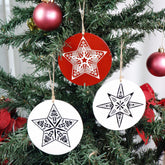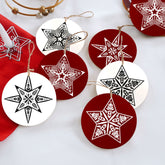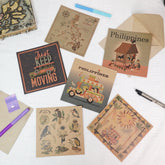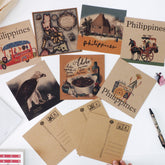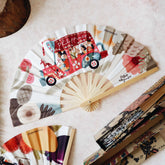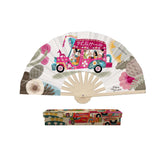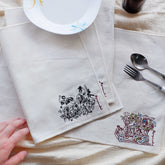Recycling Paper and the Best Paper to Use
30 May 2013
Through the years, Papemelroti products have long been associated with brown paper. But of late, one can see a bit of brightness on our notebooks. See some of the examples below.
These beautiful full color ring journals are designed by award-winning graphic designer Robert Alejandro. They can be used for notes, as a diary or journal or small memorabilia scrapbook. Cover and inside pages are made of 100% recycled paper. The full color cover sheet is made from imported recycled paper.
So why brown? Why white? Why bother recycling at all?
According to Conservatree USA, it takes an average of 24 trees to produce 1 ton of paper.
Cutting down a mature leafy tree produces reduces the oxygen in a season needed by 10 people in a year. Consequently, that's less oxygen produced for 240 people just to produce a ton of paper.
A non-existent tree will not be able to absorb 48 lb. of carbon dioxide a year and that will be 1152 lb. for 24 trees.
Using a ton of recycled paper saves you reduces the energy by the following percentages:
Wood 100%
Total Energy Consumption 27%
Waste Water 33%
Air Particulate Emissions 28%
Solid Waste 54%
Total Energy Consumption 27%
Waste Water 33%
Air Particulate Emissions 28%
Solid Waste 54%
I think it's safe to say...
Not enough trees = Not enough forests = Not enough Oxygen = Reduced Quality of Life
Are we aware that in our world today, forests are disappearing at the rate of 20 football fields per second, due to paper and pulp production? It's a grim piece of information but our daily paper choices can make a significant impact.
It's truly important thing for us to consider in choosing the type of paper we write on. The implications are even more for urgent for companies and schools who use paper in bulk.
How do you know which paper used is best?
Look for the following paper characteristics:
100% Recycled Paper - Unbleached is better as no harmful chemicals were released to the environment. These result in differing shades of beige to dark brown. The chlorine bleaching process is needed to make white recycled paper.
Lighter paper as opposed to heavy paper
Unscented paper
Paper made from hemp, kenaf, bagasse, wheatstraw, rice straw etc.
Paper produced from an ecologically managed eucalypt or pine plantation source.
Avoid:
Virgin Tree-Fiber
Paper from GMO Trees
How many trees do you think you saved this year?
References:
Arboy Day Foundation
McAliney, Mike. Arguments for Land Conservation: Documentation and Information Sources for Land Resources Protection, Trust for Public Land, Sacramento, CA, December, 1993
Rainforest Information Center
Green Paper Project from Green America
Tags:


